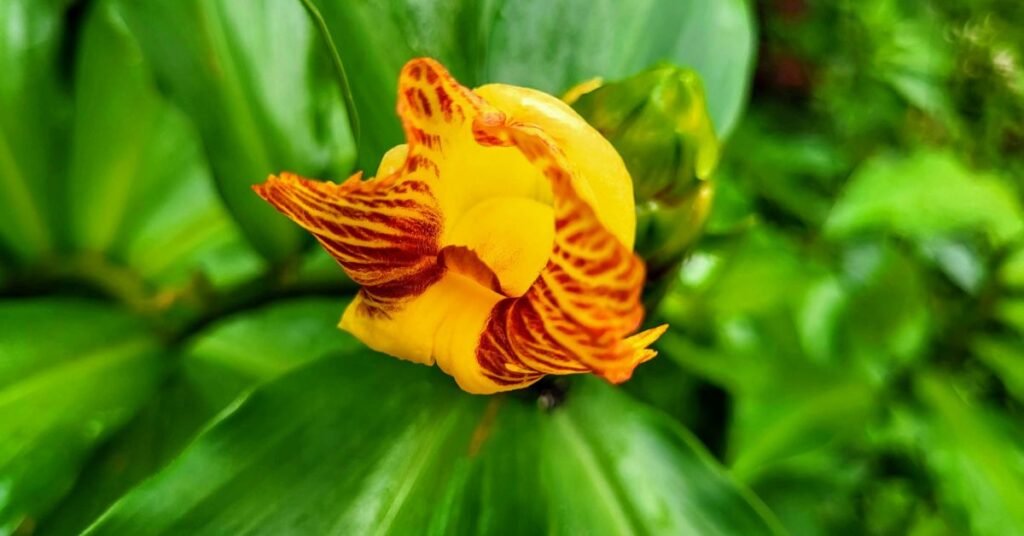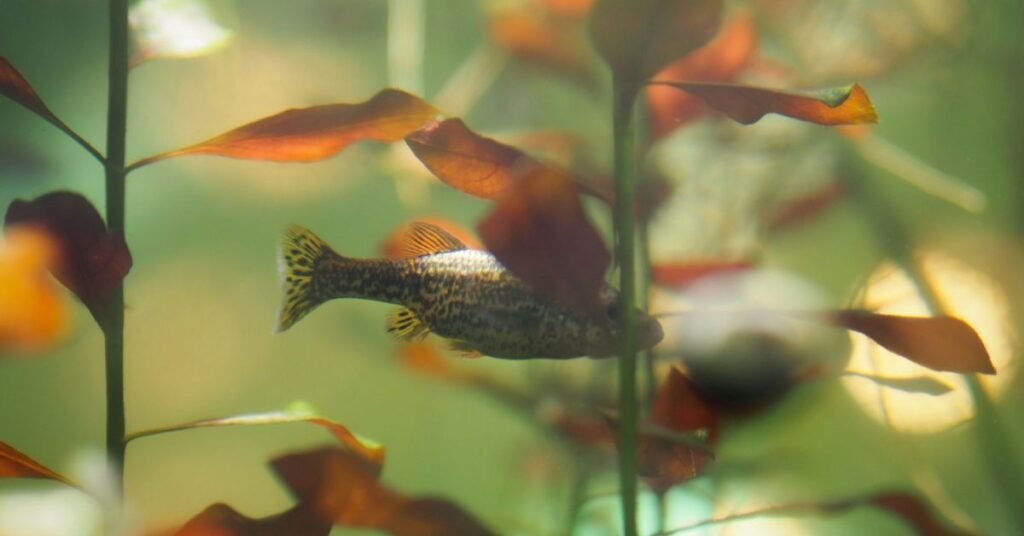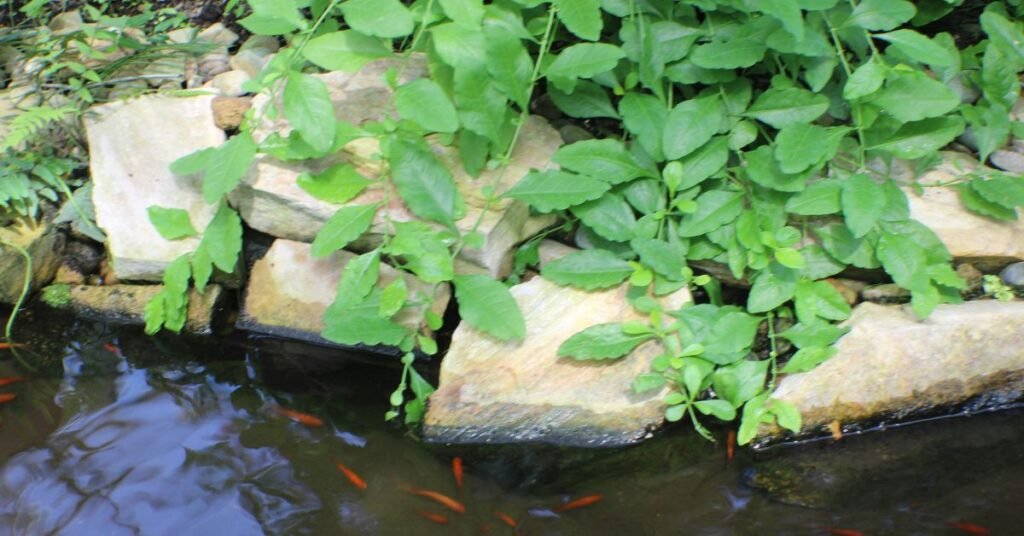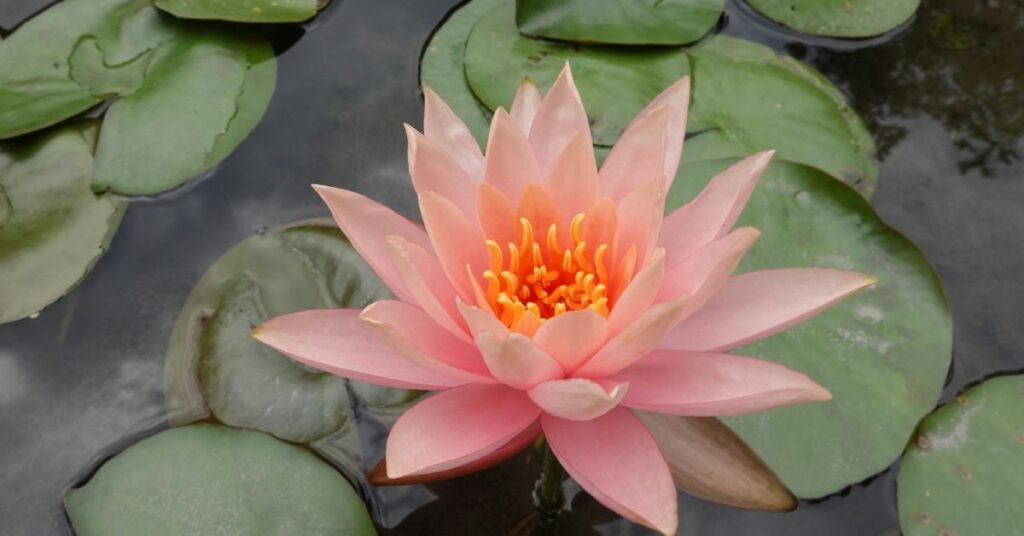The Goldfish Plant (Columnea gloriosa) is a stunning tropical houseplant known for its glossy green leaves and unique, bright orange flowers that resemble tiny goldfish swimming through foliage. Native to Central and South America, this plant is a favorite among indoor gardeners for its beauty, compact growth, and long-lasting blooms.
Let’s explore everything you need to know about growing and caring for the Goldfish Plant.
Introduction
The Goldfish Plant gets its name from its striking blooms that look like miniature goldfish leaping from the stems. It belongs to the Gesneriaceae family, the same family as African violets.
When grown under the right conditions, this plant rewards you with cascades of orange-red flowers that last for months, adding a touch of tropical color to your home or balcony. It thrives in bright indirect light, warm temperatures, and high humidity — conditions similar to its natural rainforest habitat.

Ideal Growing Conditions
1. Light Requirements
The Goldfish Plant loves bright, indirect light. Too little light can cause leggy growth and few flowers, while direct sunlight may scorch its leaves.
Place it near a south- or east-facing window, where it receives filtered sunlight for the best results.
If growing indoors with low natural light, you can use LED grow lights to supplement brightness.
2. Temperature and Humidity
This plant prefers warm, humid environments.
- Ideal Temperature: 18°C to 27°C (65°F to 80°F)
- Humidity: At least 50–60%
Keep the plant away from cold drafts, air conditioners, or sudden temperature changes.
For higher humidity, use a humidifier, pebble tray, or group plants together.
3. Soil Requirements
The Goldfish Plant prefers light, airy, and well-draining soil.
A mix similar to African violet soil works best. You can make your own by mixing:
- 1 part peat moss or coco peat
- 1 part perlite
- 1 part orchid bark or coarse sand
This blend helps retain moisture without making the roots soggy.

4. Watering
Proper watering is key to keeping your Goldfish Plant healthy.
- Watering Rule: Keep the soil slightly moist during active growth (spring and summer).
- Reduce watering in winter when the plant rests.
Always check the top inch of soil — if it feels dry, water thoroughly until water drains from the bottom. Avoid overwatering to prevent root rot, one of the most common problems with this plant.
5. Fertilization
Feed your Goldfish Plant with a balanced liquid fertilizer (10-10-10) every 2–3 weeks during spring and summer.
You can switch to a bloom booster fertilizer (high in phosphorus) when buds appear to encourage more flowers.
Stop fertilizing in winter to allow the plant to rest.
Propagation of Goldfish Plant
Propagating a Goldfish Plant is simple and rewarding.
The best method is stem cuttings.
Steps:
- Take 3–4 inch long cuttings from healthy stems (preferably in spring).
- Remove lower leaves.
- Place cuttings in water or moist soil mix.
- Keep in warm, bright indirect light.
- Roots appear within 3–4 weeks.
Once rooted, transplant into a small pot with the same soil mix.
Regular pinching or pruning of new growth also encourages a fuller, bushier plant.
Pruning and Maintenance
The Goldfish Plant can grow leggy over time, so regular pruning is essential.
- Trim back long or bare stems after flowering.
- Pinch off the tips of new growth to encourage branching.
- Remove dead flowers to extend blooming.
Clean the leaves occasionally with a damp cloth to remove dust — this helps the plant breathe and absorb light better.
Common Problems and Solutions
| Problem | Cause | Solution |
|---|---|---|
| Leaf Drop | Sudden temperature changes or overwatering | Keep temperature stable and allow soil to dry slightly between watering |
| No Flowers | Insufficient light or too much nitrogen fertilizer | Move to brighter spot and use bloom fertilizer |
| Brown Leaf Tips | Low humidity or dry air | Mist regularly or use a humidifier |
| Root Rot | Overwatering or poor drainage | Use well-draining soil and water only when needed |

Pests and Diseases
While generally resistant, the Goldfish Plant can be attacked by common houseplant pests such as:
- Aphids
- Mealybugs
- Spider mites
If you notice sticky residue or white cotton-like patches, clean the plant with neem oil spray or insecticidal soap once a week until pests disappear.
Repotting
Repot every 2–3 years in spring to refresh the soil and promote new growth.
Choose a pot only one size larger than the previous one, as too much soil can hold excess moisture and lead to rot.
Use hanging baskets or decorative ceramic pots to display the plant’s trailing beauty.
Goldfish Plant Flowering Tips
To encourage maximum blooms:
- Provide bright, indirect light.
- Maintain consistent humidity.
- Feed with phosphorus-rich fertilizer.
- Avoid moving the plant once buds appear.
With proper care, you’ll enjoy flowers for most of the year, especially from spring through fall.
Benefits of Goldfish Plant
1. Decorative Appeal
Its unique flowers and cascading vines make it ideal for hanging baskets and indoor décor.
2. Air Purification
Like many tropical plants, it helps purify indoor air by filtering out toxins and increasing oxygen levels.
3. Low Maintenance
Once established, the Goldfish Plant requires little care and blooms multiple times a year.
4. Long Blooming Season
It provides vibrant color even during dull indoor months, making it a cheerful addition to homes and offices.
Conclusion
The Goldfish Plant is a tropical gem that brings a splash of color and life wherever it grows. With its glossy leaves and fish-shaped orange blooms, it’s a perfect houseplant for hanging baskets or window sills.
Just remember: bright indirect light, moderate watering, and good humidity — and your Goldfish Plant will thrive beautifully year after year.
Whether you’re a beginner or a plant enthusiast, this cheerful bloomer is sure to bring joy and charm to your indoor garden.

